Cette sĂ©rie d’articles est destinĂ©e Ă vous informer sur les membres de l’Ă©quipe de BartenderOne Montreal. Cette semaine, rencontrez un de nos instructeurs, Jonathan Homier.
GraduĂ© de l’ITHQ en gestion de restauration, Jonathan est un mordu de l’industrie des bars oĂč il dit avoir trouvĂ© un Ă©quilibre parfait entre la crĂ©ation et le conseil client. DerriĂšre son bar, il est dĂ©terminĂ© Ă intĂ©grer ses connaissances gastronomiques pour faire sortir de l’ombre la culture cocktail encore peu connue du public. Sa passion l’a donc transportĂ© de restaurants en bars Ă cocktails et compĂ©titions de bartending. Il a travaillĂ© notamment pour le Ritz Carlton, la Distillerie, le restaurant les 400 coups et le Lab, pour n’en nommer que quelques uns. Toutes ces expĂ©riences l’ont menĂ© jusqu’Ă l’ouverture de son propre bar en avril 2013, le B1. Il y est aujourd’hui barman, co-propriĂ©taire et gĂ©rant, en plus de transmettre sa passion et ses connaissances Ă travers BartenderOne MontrĂ©al!
—
Get to know our team through this series of articles. This week, meet our instructor Jonathan Homier.
Jonathan is an ITHQ graduate in restaurant management, and a passionate actor in the bar industry where he has found the perfect balance between creativity and customer service. Behind his bar, he is determined to use his gastronomic knowledge to take the cocktail culture to a next level. His passion has led him from restaurants and cocktail bars to bartending competitions. He has worked for Ritz Carlton, La Distillerie, Les 400 coups and Lab Cocktail Bar, to name only a few. All of this has led him to the opening of his own bar, the B1, in April 2013. There, he now acts as a barman, co-owner and manager, while teaching his knowledge and passion at BartenderOne!


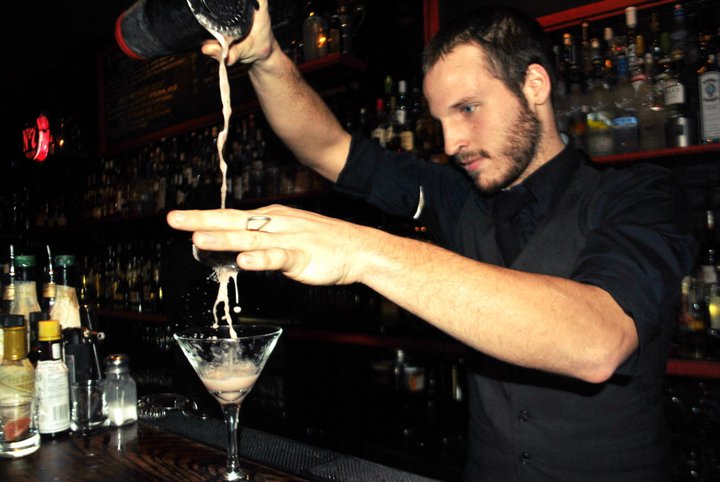
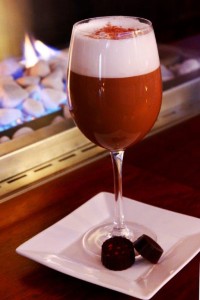
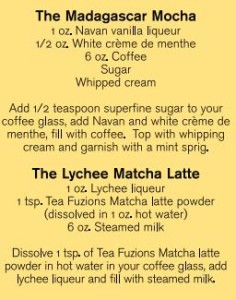
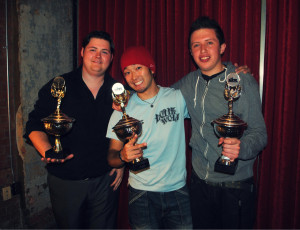
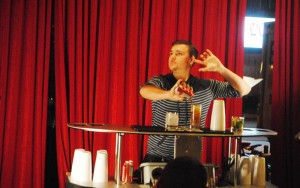
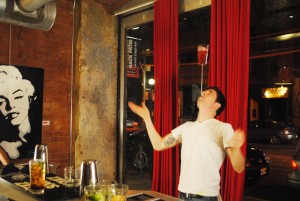
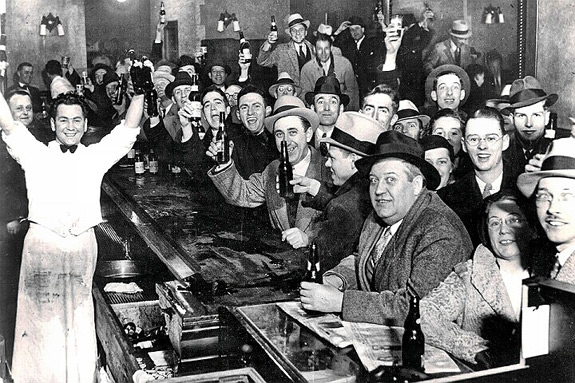

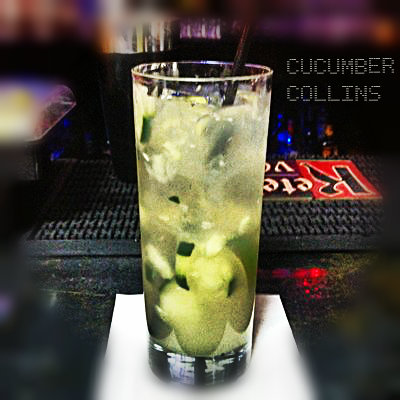
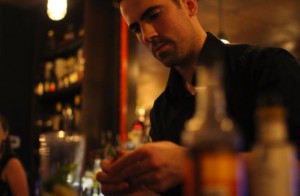

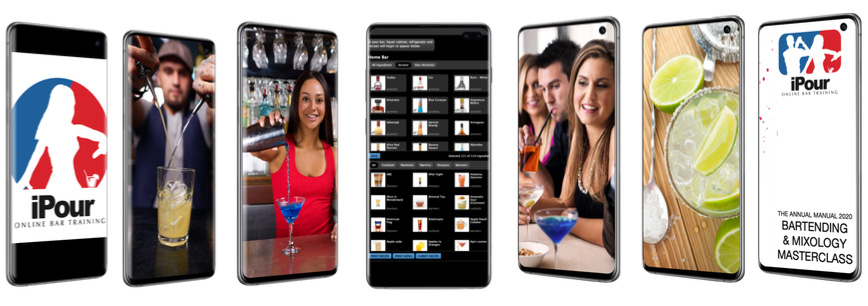
Bartender stories⊠Finding Toronto’s new talents: Henry Orkin
When you meet Henry Orkin, the first thing that comes to mind is that Henry is a really, really nice guy. With a big smile, Â quiet attitude and a unique hat that makes you think of a cheerful Slash, Henry stands out from other mixologists precisely because he doesnât stand out, he is quiet and smooth and lets his passion and creations do the talking.
With a passion for non-urban venues, Henry is perfecting his skills before jumping in his venue of choice, be it a fishing/skiing/hunting lodge, rural pub, or perhaps a cruise ship – any place where he can blend his new found bartending abilities with his career path in outdoor recreation and eco-tourism.
Henry is among the elite of bartenders in Canada that have taken the path of perfect their skills by a continuous education. Since graduating from the Bartenderone MasterClass, he has enhanced his knowledge with one specialized workshop after another: from Bourbon to Mezcal, Henry has learnt from some of the industryâs brightest minds. The International BarChef Certification (IBC) thus, was a logical step to take his bartending abilities to totally new levels.
As a proud disciple of Torontonian Master Mixologist Gavin Macmillan, Henryâs spirit of choice is Gin, which he finds to be the most pleasant spirit to work with as there are so many wildly different flavour profiles and aromas to choose from – meaning almost endless possibilities for any palate.
For Henry, the biggest surprise IBC revealed to him was the sheer amount of flavours, liqueurs, bitters, and other drink additives that you have at your disposal. Coming from a background of limited flavour experience, for Henry, this course was an eye opener to the incredible diversity in the world of flavours.
In Henryâs own words for those considering taking the IBC:
âBe confident in yourself  and keep an open mind. Even if you are inexperienced and unemployed, taking the class with experienced professional bartenders and perhaps your previous instructors, everyone is there because they have something to learn. Everyone is creative in their own way, and we are all in a constant learning processâ
Here is Henryâs final creation to obtain his IBC diploma. Judge it by yourself and remember to enjoy it!
Apricot Slam by Henry Orkin:
Do you dream of travelling the world as a bartender,making money working overseas while meeting sexy people every night?
Then the IBC is for you. Check it here:Â http://ow.ly/pGMuX
See you behind the bar!